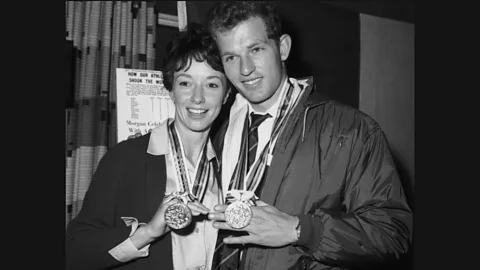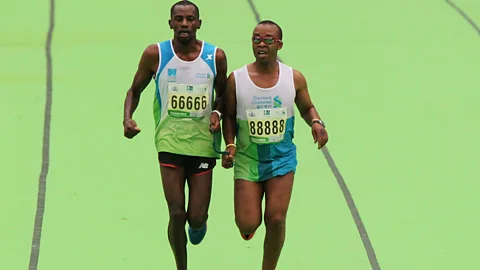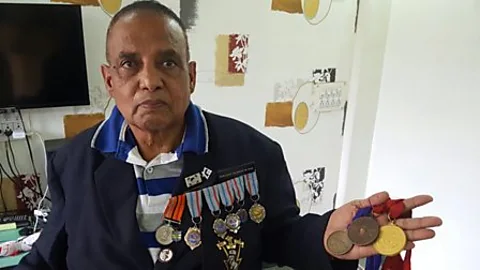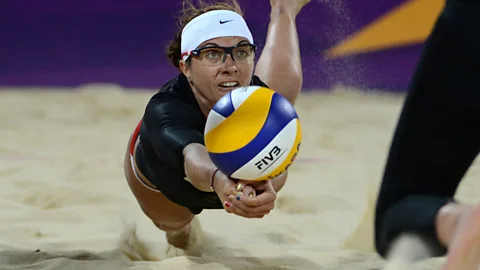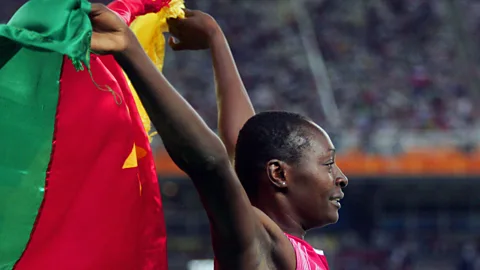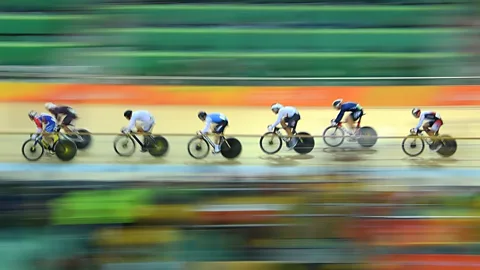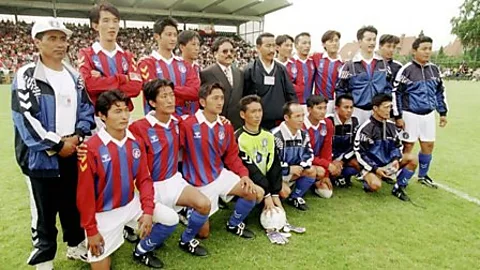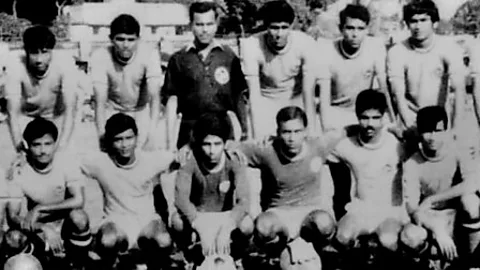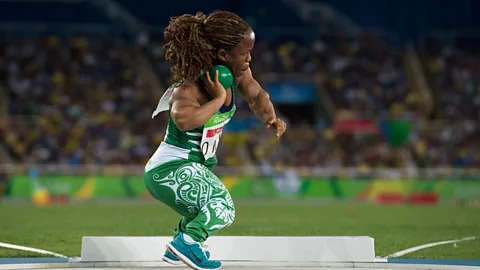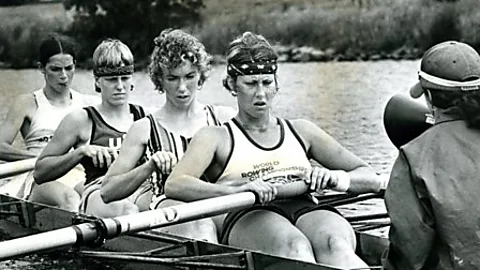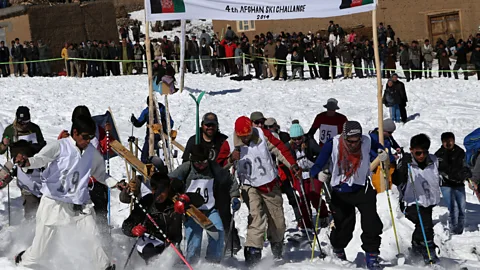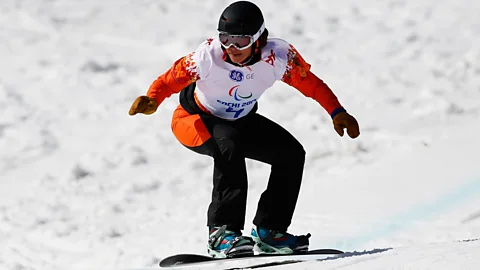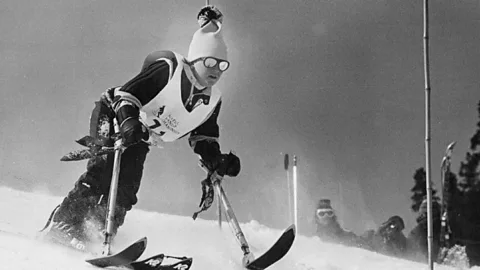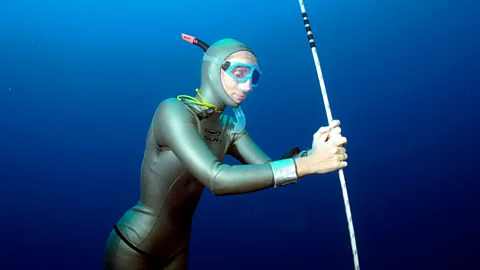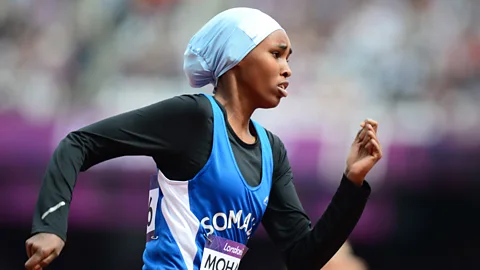
Sporting Witness
Sporting Witness
Zamzam Farah - Somalia's inspiring runner
Up next
July 29, 2021
9 minutes
Available for over a year
At the London 2012 Olympics, Somalia sprinter Zamzam Farah became a crowd favourite after finishing last in her 400-metre heat by a whopping 27 seconds. Zamzam had grown up in war-torn Mogadishu, where she had to dodge violence from the militant Al-Shabab group while training on the so-called "Road of Death". Zamzam competed with her body fully covered, but, after the Olympics, her family in Somalia received death threats because of what Al-Shabab considered unacceptable behaviour for a Muslim woman. She remained in the UK and won asylum. Zamzam Farah talks to Ian Williams.
PHOTO: Zamzam Farah competing at the 2012 Olympics (Getty Images)

